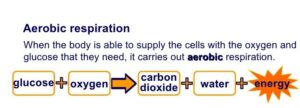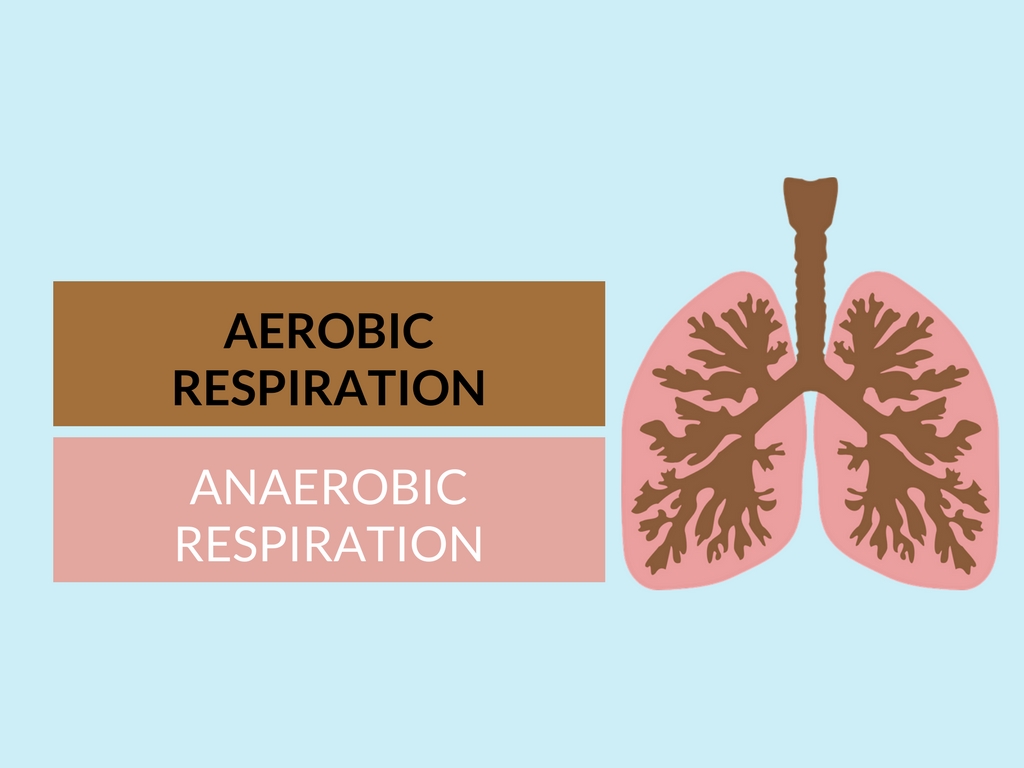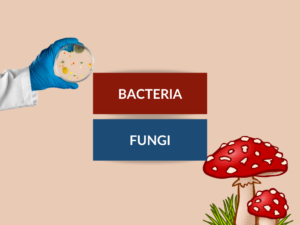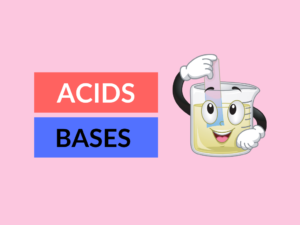Respiration is a continuous process in every living organism and without respiration no organism can survive on the earth. The respiration is defined as yeah process of “oxidation of food materials especially glucose, fatty acids and amino acids to water and carbon dioxide”. there are mainly two types of respiration called aerobic respiration and anaerobic respiration. The main aim of this article is to communicate the differences between aerobic respiration and anaerobic respiration.
AEROBIC RESPIRATION
Aerobic Respiration is the type of respiration which takes place in the presence of oxygen. The aerobic respiration is generally common in all multi cellular organisms like animals, plants, human beings, etc.


ANAEROBIC RESPIRATION
Anaerobic Respiration is the type of respiration which is carried out by yeast or muscle cells in the absence of oxygen. The anaerobic respiration is common in unicellular organisms like protozoa, fungi, bacteria, etc.


DIFFERENCES TABLE
| AEROBIC RESPIRATION | ANAEROBIC RESPIRATION |
|---|---|
| Aerobic respiration is the respiration which takes place in the presence of oxygen. | Anaerobic respiration is the respiration which takes place in the absence of oxygen. |
| END PRODUCTS | |
| The end products of aerobic respiration are carbon dioxide and water. | The end products of anaerobic respiration are carbon dioxide and ethanol or lactic acid. |
| FUNCTION | |
| Aerobic respiration is the process by which your brain receives energy. Your brain and heart need aerobic respiration to keep you alive. | Anaerobic respiration helps in fermentation of yeast to produce ethyl alcohol or ethanol in beverage industry. |
| STAGES | |
| Aerobic respiration is carried on in two stages call glycolysis and Krebs cycle. | Anaerobic respiration is also carried on in two stages called glycolysis and fermentation. |
| ENERGY | |
| The amount of energy released in aerobic respiration is very high. | The amount of energy released in the anaerobic respiration is low. |
| SEEN IN | |
| Aerobic respiration is mainly seen in multi cellular organisms such as animals, plants, humans, etc. | Anaerobic respiration is mainly seen in unicellular organisms like bacteria, fungi, protozoa, etc. |
| OTHERS | |
| Aerobic respiration which is carried out in the lungs of humans, animals is called as pulmonary respiration. | Anaerobic respiration uses bacteria such as lactobacillus to convert pyruvic acid into lactic acid. this bacteria commonly used for making curd or yogurt. |
SIMILARITIES
⦿ Both aerobic and anaerobic respiration takes place in the both multi cellular and the unicellular organisms.
⦿ The glycolysis stage is common for both the aerobic and anaerobic respiration.
⦿ ATP (Adenosine Triphosphate) is released in both types of respiration.
⦿ Conversion of glucose into pyruvate acid is common for both aerobic and anaerobic respiration in all the tissues.




